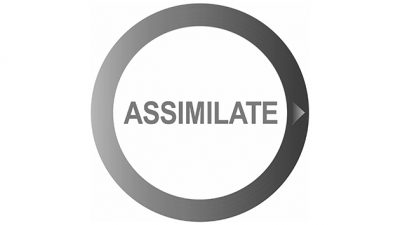News
Assimilate Scratch 8.5
Assimilate has updated its Scratch system, mainly adding new features aimed at stereoscopic and HDR workflows.
Stereoscopy
Version 8.5 of this well-known software includes several enhancements for s3d, among which we could highlight, for example, the ability to ingest this type of material as a single signal, configured when rendering as a stereo plane encapsulated in a “Scratch Stereo” node or with the two views in an “over/under” or “side-by-side” pattern.
This node is what allows encapsulating a single signal or un-encapsulating existing nodes in the signals that compose it, through the “De-Stereo” option.
Thanks to the new “Manage Stereo” panel, it is possible to select between different views for the reference monitors, including left or right eye, side-by-side, over/under, interleaved, checkerboard and others. (In a dual-link SDI configuration, each eye is sent on separate and independent channels). ) An option called “Difference View” has also been added to help visualize the convergence between the left and right eye.
Another new feature is the framing tools, with which we can choose between “Link Stereo” (modifications are applied to both eyes at the same time) and convergence modes (modifications are applied in the opposite direction for each eye).
In the current workflow three types of color corrections have been maintained, one for the left eye, one for the right eye and a master correction that is applied to the node. These corrections can also be synchronized between eyes, taking into account all layers or applied layer by layer.
Finally, the “Stereo Generetor” node allows you to select a stereo pattern to render through a write node by specifying the codec.
HDR
Regarding HDR, Scratch has added a function to transfer the PQ curve to the output, integrating an HDR display into the features without using external LUTs.
Other new developments
Other improvements and additional functions have also been included:
- MD5 checks and logs at all stages of a project.
- Markers to facilitate access to important parts of the material.
- Direct publication on Facebook.
- Complete set of ACES color transformations.
- CTL scripts.
- Support of ARRI Alexa Mini with the MXF RAW format.
- Improved QuickTime player.
- Sony RAW decoding.
- DPX 12-bit readout.
- PNG rendering at 8 and 16-bit.
- New XAVC reader.



